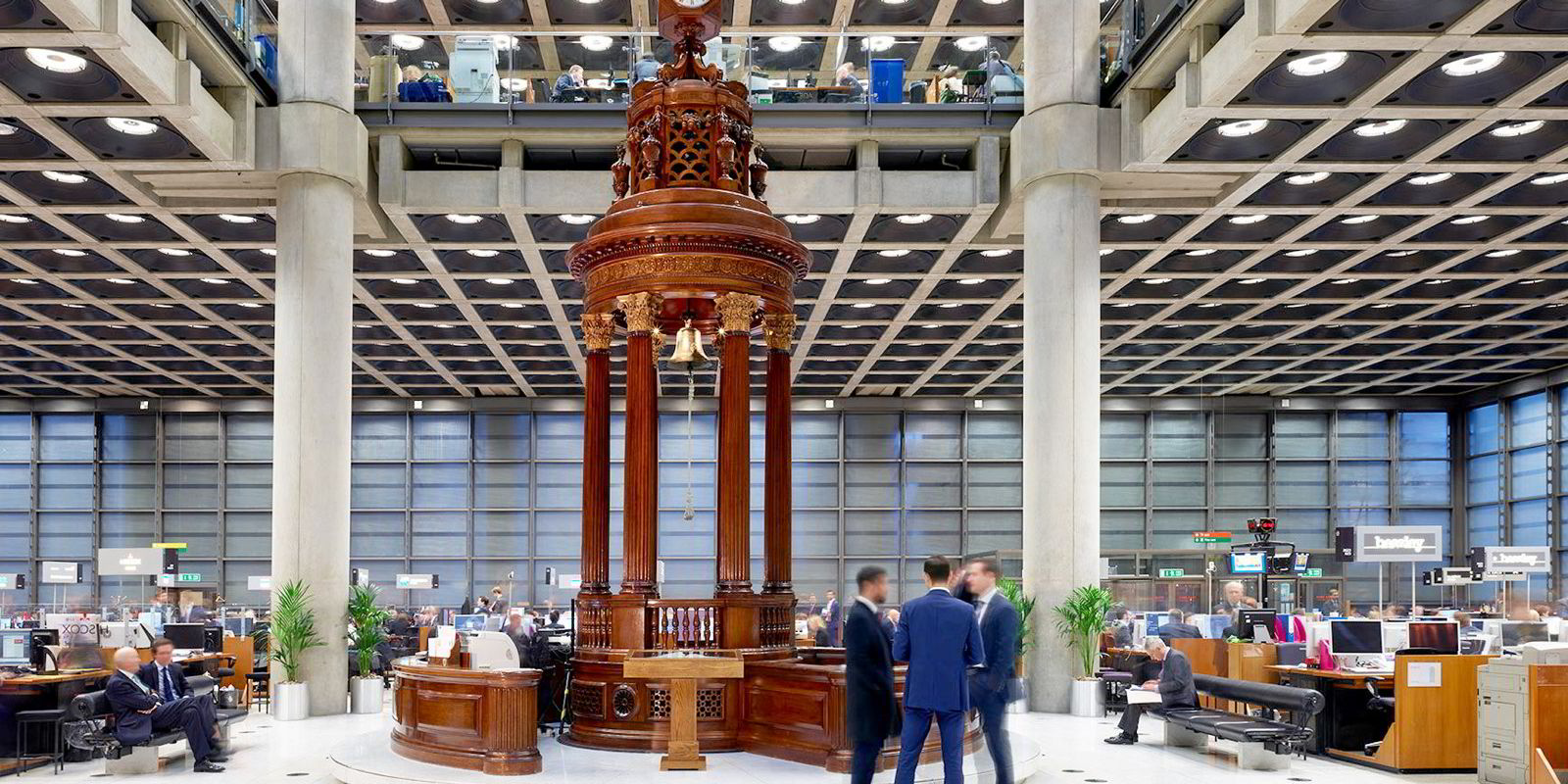The London insurance market’s Joint War Committee (JWC) has widened the high risk area in the Red Sea in response to the latest series of attacks on shipping.
As reported last week, the JWC met shortly after a missile strike on the Norwegian 20,000-dwt tanker Strinda (built 2006) on 11 December.
After the meeting, it announced it would alter the current Red Sea high-risk area from 15 degrees to 18 degrees north.
The move reflects the potential range of attacks launched by Yemen-based Houthi rebels.
The JWC represents London marine insurers, but its decisions are influential across the global marine insurance market.
Since the JWC’s move, there has been another series of attacks on shipping, with the most recent being a hit on the 20,000-dwt chemical tanker Swan Atlantic (built 2017).
The war risk market has responded by pushing rates up further.
Following the attack on the Strinda, war risk rates in the Red Sea high-risk region started to increase towards 0.25% of insured values. But following the latest attacks, quotes have doubled to around 0.5% with higher levels quoted for Israeli-linked ships.
Although the headline rate is high, no claims and other discounts can push the eventual price paid by shipowners down.
The additional war risk premium in high-risk areas is usually passed down to the shipper.
Leading container lines and tanker operators BP, Euronav and Frontline among others are dodging the higher war risk premium by diverting away from the high-risk area and routing around the Cape of Good Hope.






